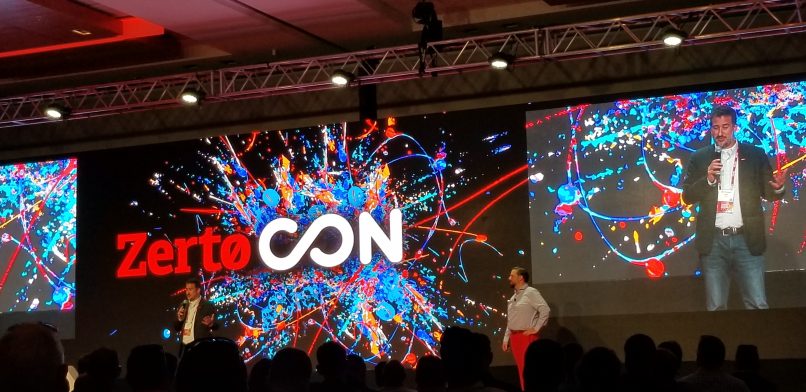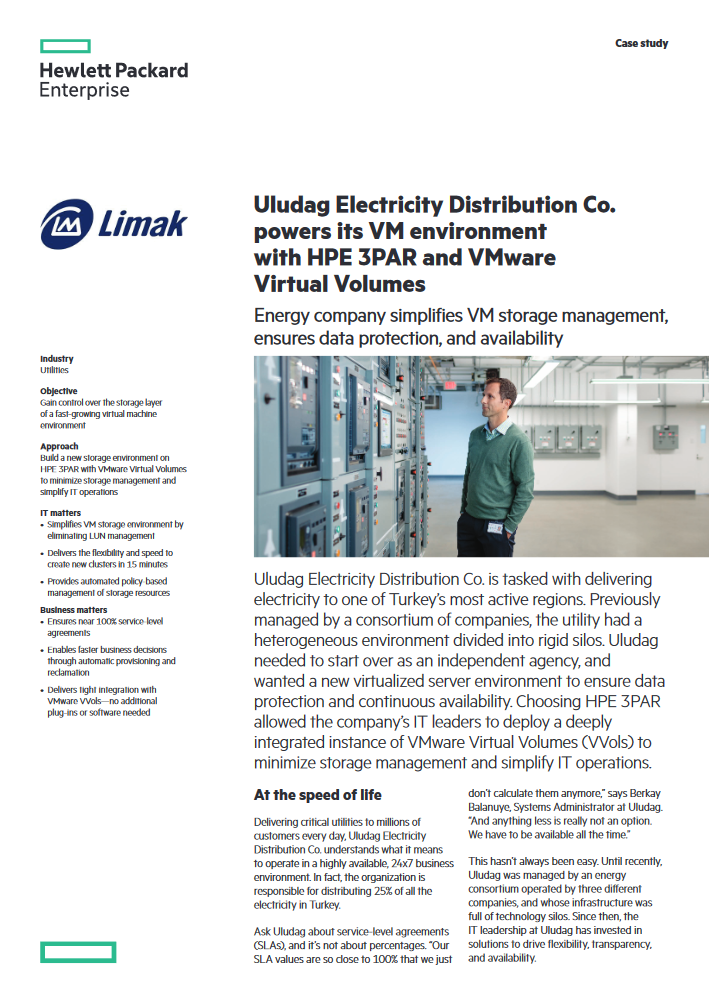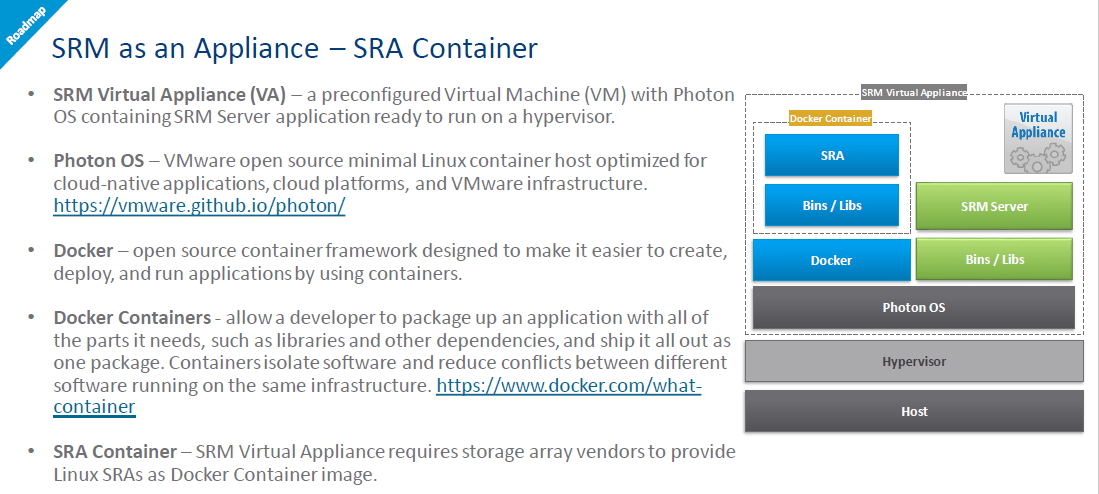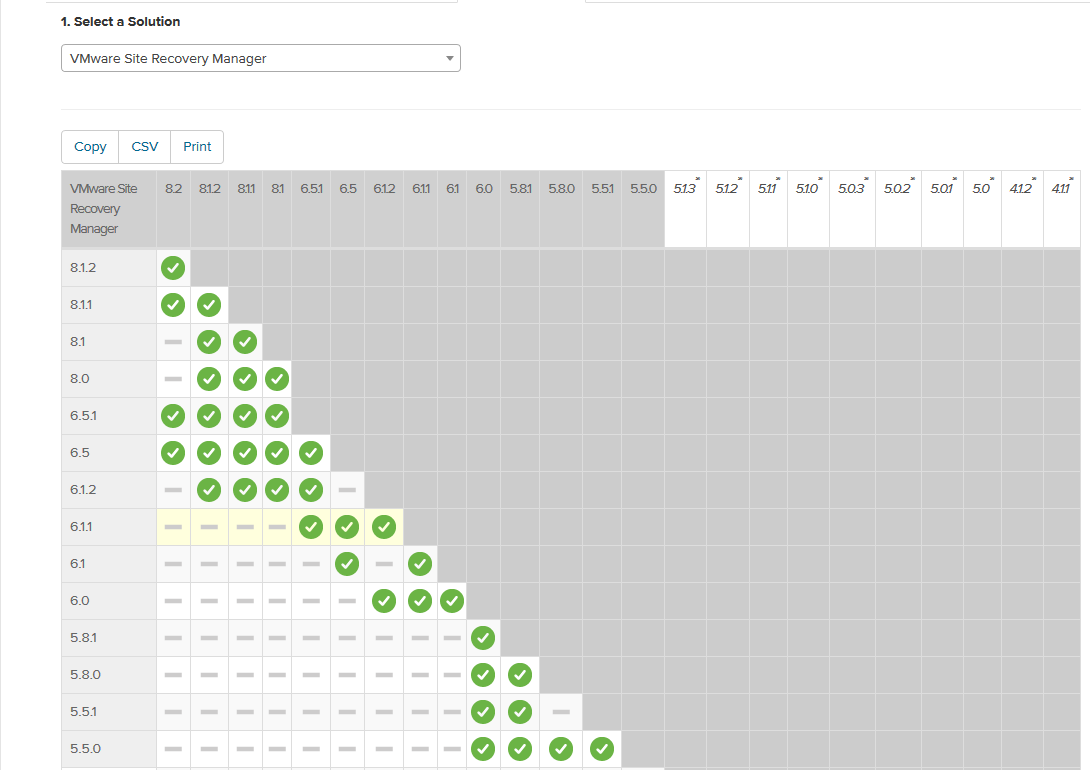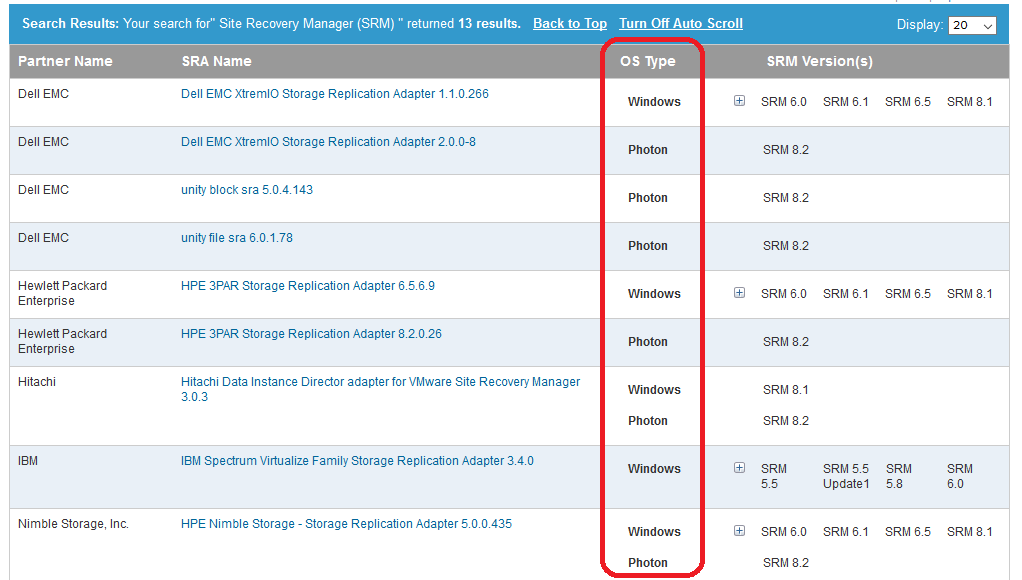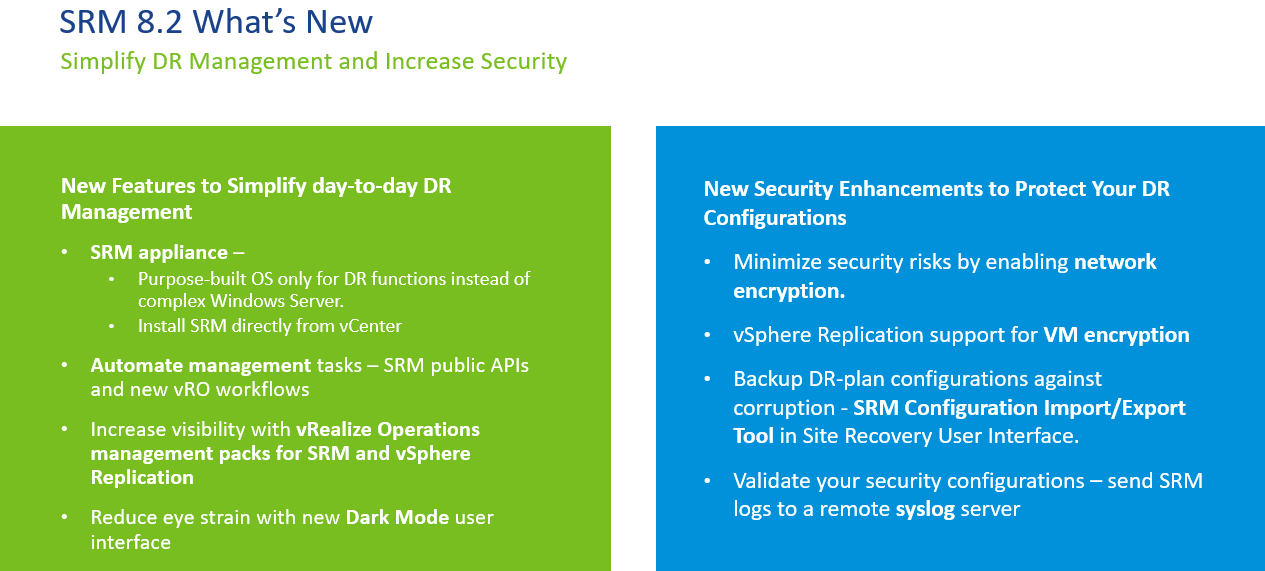When Zerto invited me as their guest to attend ZertoCON 2019, I thought about it briefly and then told them yes I’d love to attend. The only conferences I have ever attended have been VMworld, HPE Discover and VMUG events and I thought it would be good to broaden my exposure and see the world of virtualization from other partners perspectives. After confirming my attendance I packed my bags and headed to Nashville for 3 days at ZertoCON.
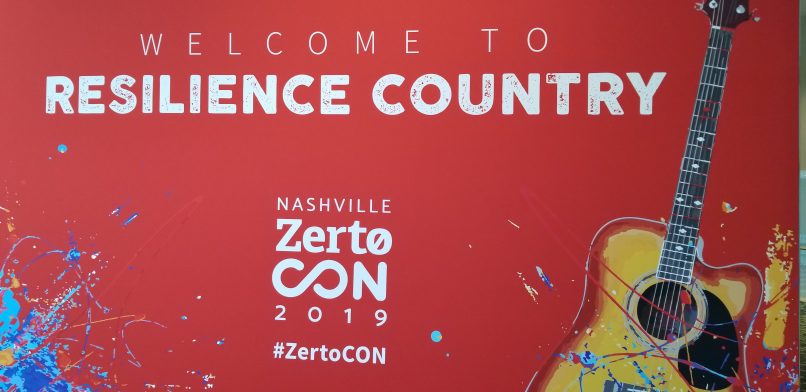 This was my first time in Nashville and I knew it was famous for it’s music. The conference was downtown at the Music City Center and and lively Broadway St which is lined with bars and reminded me very much of Bourbon St. in New Orleans. The Welcome Reception was at the nearby Country Music Hall of Fame and the event party was held at Blake Shelton’s bar Ole Red on Broadway St.
This was my first time in Nashville and I knew it was famous for it’s music. The conference was downtown at the Music City Center and and lively Broadway St which is lined with bars and reminded me very much of Bourbon St. in New Orleans. The Welcome Reception was at the nearby Country Music Hall of Fame and the event party was held at Blake Shelton’s bar Ole Red on Broadway St.
I’ll admit going into the event I didn’t know much about the Zerto product beyond it was a host-based replication product for VMware environments. Unlike other backup products that try and combine backup and replication into one product, Zerto has a single focus to provide near synchronous replication to a target site with very low RTO/RPO’s (CDP). As a result Zerto doesn’t necessarily replace your traditional backup solution which most companies use for long term retention, instead it adds a layer of resiliency on top of that for quicker recovery of an entire virtual environment or just parts of it (VM/files).
Before I go into what I learned about the the product, I’d like to start off by commenting about the people that work at Zerto. After spending 3 days with them I had the overwhelming sense that these weren’t just employees working together and collecting a paycheck but instead a very close tight knit family who very much enjoy their jobs. Everyone I met and talked to at Zerto was very friendly, I didn’t sense any attitudes and everyone was very approachable all the way up to the the senior VP of product, Rob Strechay (an old friend) and the CEO, Ziv Kedem who actually had his father and daughter in attendance at the show.
Unlike larger companies where the CEO and officers are usually withdrawn and occasionally make appearances at events. At ZertoCon all the VP’s and the CEO were everywhere from socializing with everyone during the event to hanging out at the parties and after parties and acting just like one of the guys (or gals). I had a Zerto customer sitting next to me at one of the event keynotes and he commented about the CEO sitting right in front of us and how he was shocked he didn’t have a security detail. I explained that Zerto started out as a very small company (3 employees) and to me they have retained that small company atmosphere despite being over 700 employees now.
The keynote kicked off with Zerto’s CEO, Ziv describing Zerto’s journey starting off with 3 employees in 2009 to 750 employees, 7,000 customers and 1,000 partners today. He covered some news around a new subscription pricing model, the launch of Zerto 7, as well as some key partnerships with HPE and VMware. He also highlighted some of their biggest customers such as United Airlines and some healthcare companies and talked about the value that Zerto was bringing to those companies. I saw references to many healthcare companies during ZertoCON which reinforces the value prop of high resiliency that Zerto brings to those critical care customers that cannot afford any downtime.
 The partnership with HPE centered around Zerto’s goal of extending their protection to be long term to offer additional value to customers and try and become both a backup and DR solution. This is important as most companies have long term retention needs especially due to regulations and if Zerto can cover that it eliminates the need to have a separate backup product for LTR purposes. As a result they are providing support for secondary storage and backup appliances like HPE’s StoreOnce product.
The partnership with HPE centered around Zerto’s goal of extending their protection to be long term to offer additional value to customers and try and become both a backup and DR solution. This is important as most companies have long term retention needs especially due to regulations and if Zerto can cover that it eliminates the need to have a separate backup product for LTR purposes. As a result they are providing support for secondary storage and backup appliances like HPE’s StoreOnce product.
I felt the partnership with VMware is a critical one as it has everything to do with how Zerto taps into the VM I/O stream to replicate data. To date Zerto has used a kernel module that sits inline in the vSCSI stack between a VM and the physical I/O device so it has access to the data to replicate it. This vSCSI filter has access to all reads and writes to/from a VM and is completely transparent to the VM and basically just sends whatever data is needed to replicate to the target device. While this works just fine, I’ve heard that it’s not the way VMware wants it’s partners to access data anymore and the preferred way is to use the vSphere API’s for I/O filtering that were introduced in vSphere 6.
VAIO is a new I/O framework that taps into data right below the vSCSI device layer of a VM in the user world space which sits above the kernel world of the hypervisor. It allows for certain types of 3rd party filters such as caching, security and replication to be supported via policy based management. So essentially the end result is the same but the data tap moves out of the kernel world and into the user world and provides a supported method for partners to access I/O without potentially endangering the vmkernel. This is VMware’s preferred method as they have stated that using the kernel method was never a way to access data intended by engineering. To help reinforce this new support Zerto had VMware’s Michael Adam’s on stage to talk about the partnership with Zerto. You can read more about VAIO in this VMware blog post.
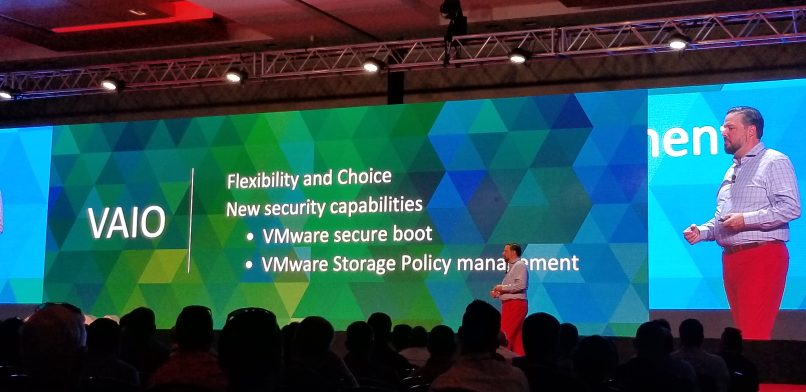 Support for VAIO is not available today in Zerto 7 and they have indicated that they have completed the initial certification for VAIO and it should be available as part of Zerto 7.5 which is planned for later this year in the 2nd half of 2019.
Support for VAIO is not available today in Zerto 7 and they have indicated that they have completed the initial certification for VAIO and it should be available as part of Zerto 7.5 which is planned for later this year in the 2nd half of 2019.
One last note on VAIO before I move on which has to do with my favorite topic, VVols. I had heard that Zerto did not support VVols which had surprised me as I thought host based replication products should work just fine with VVols as they replicate at the host level and not the array level. Apparently though the way they tap into data at the kernel level does not work with VVols, however once they make the switch to VAIO presumably this should work OK and they should have VVols support.
So VAIO is the future for Zerto, let’s now talk about the recently released Zerto 7. I mentioned earlier that the main use case for Zerto is short term BC/DR up to about 30 days of recovery. A big focus of Zerto 7 was to extend that out to have longer term repositories to essentially transform Zerto into being both a backup and BC/DR product. Zerto 7 uses a new elastic journal that combines granular short term recovery points with longer term repositories so customers can recover data whether its from seconds ago or years ago. This satisfies the long term retention requirements that most customers have and makes Zerto a candidate for primary backup which eliminates the need for a separate backup application.
To achieve LTR Zerto currently supports storing data on external network attached storage repositories such as purpose-built backup appliances such as HPE StoreOnce or network shares using the NFS or SMB file protocols. Optionally customers can also use Azure Databox Edge and AWS Storage Gateway to utilize a cloud storage as a backup target.
Zerto 7 also features a new advanced cloud-based analytics platform that runs in the cloud so there is nothing to install or configure to utilize it, data is sent automatically from on premise to the cloud analytics platform. This allows customers to see both real-time and historical insights into the health and protection status of everything protected by Zerto to help spot trends, anomalies and issues. In addition there is also a resource planner which allows customers to monitor resources and create what-if scenarios for planning purposes.
There are a lot more enhancements and features in Zerto 7, you can read the full list of what’s new in Zerto 7 here, also there is a FAQ document available to help answer any questions about Zerto 7.
One of the keynotes at ZertoCON featured Peyton Manning, a player I know all to well as he lead my Denver Broncos to a Super Bowl championship. As a result I was excited to see him and hear him talk about his life, football career, leadership and of course resiliency. The keynote was an interview style where he answered questions from one of the Zerto VP’s. One of his stories centered around him being the new guy on the team after being drafted as the #1 pick and trying to find his place as a leader on the team. It didn’t quite go as anticipated and as he liked to point out that the team getting the #1 pick has earned the right to have that pick (hint, worse team in the league).
One of the biggest takeaways I came away with was a story and great life advice as he told about getting drafted and signing his first big contract, when he was asked by the press afterwards about what he was going to do with all that money he replied “I’m going to earn it”. That really reinforces his work ethic and not expecting to have things handed to him without a strong commitment to give 100% to his employer and team. The entire interview was pretty fascinating to listen to especially for a football fan and afterwards we were able to meet him in person and take a picture with him at the event party.
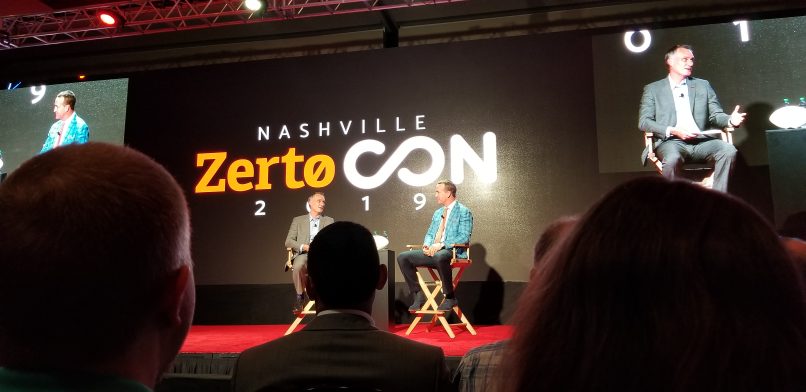 Zerto also gave a great glimpse into their future product direction at ZertoCON, the product has really evolved since it’s initial release in 2011 and Zerto looks to build on that success. The short term roadmap included support for VAIO, LTR backup appliances and continued analytics enhancements. More longer term Zerto plans on introducing a next generation core platform and even more expansion into cloud with support for Google Cloud and support for containerized platforms like Docker and Kubernetes.
Zerto also gave a great glimpse into their future product direction at ZertoCON, the product has really evolved since it’s initial release in 2011 and Zerto looks to build on that success. The short term roadmap included support for VAIO, LTR backup appliances and continued analytics enhancements. More longer term Zerto plans on introducing a next generation core platform and even more expansion into cloud with support for Google Cloud and support for containerized platforms like Docker and Kubernetes.
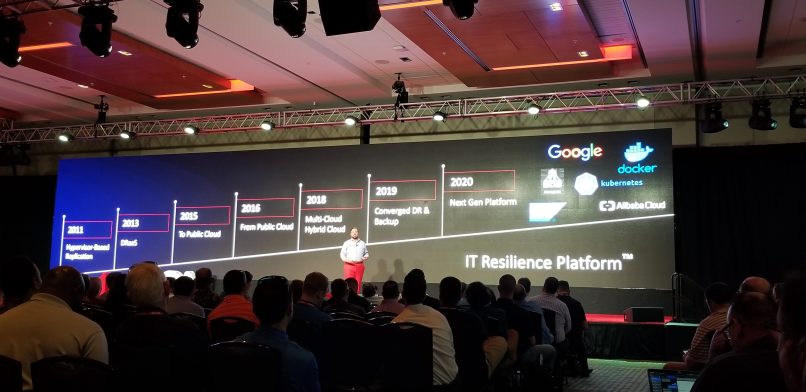 ZertoCON wasn’t just all work, Zerto did a great job ensuring attendees had plenty of fun at the event. The kick off party at the Country Music Hall of Fame was a great way to network with attendees, partners and Zerto folks. We also had an informal community after party with some of the vExperts in attendance and Fara Hain, Carly Oberdoerster and Kaitlyn McCullough from Zerto which was a lot of fun. The official event party was held at Blake Shelton’s bar Ole Red on Broadway street. They had a fantastic and fun country band there, Hoss Skelton, who was very interactive with the attendees. There was also a few late night after parties at Tootsies down the street that featured 3 floors of bands playing there.
ZertoCON wasn’t just all work, Zerto did a great job ensuring attendees had plenty of fun at the event. The kick off party at the Country Music Hall of Fame was a great way to network with attendees, partners and Zerto folks. We also had an informal community after party with some of the vExperts in attendance and Fara Hain, Carly Oberdoerster and Kaitlyn McCullough from Zerto which was a lot of fun. The official event party was held at Blake Shelton’s bar Ole Red on Broadway street. They had a fantastic and fun country band there, Hoss Skelton, who was very interactive with the attendees. There was also a few late night after parties at Tootsies down the street that featured 3 floors of bands playing there.
 I’m really glad I attended the event, it really opened my eyes to Zerto’s product and the BC/DR world which I didn’t know much about until I attended ZertoCON. Nashville was a great venue for the event which was very well integrated to the country music theme that Nashville is known for. Special thanks to Kaitlyn for the invitation and helping with all the logistics, Carly, Fara and my buddy Rob Strechay who were fun to hang out with and Gijsbert for spending time answering all my deep technical questions.
I’m really glad I attended the event, it really opened my eyes to Zerto’s product and the BC/DR world which I didn’t know much about until I attended ZertoCON. Nashville was a great venue for the event which was very well integrated to the country music theme that Nashville is known for. Special thanks to Kaitlyn for the invitation and helping with all the logistics, Carly, Fara and my buddy Rob Strechay who were fun to hang out with and Gijsbert for spending time answering all my deep technical questions.
My key takeaways from the event are an overwhelming sense of what a close and tight family Zerto is and how they have maintained a start-up/small company atmosphere despite growing as large as they have. They made me feel very welcome there and all the customers I saw and heard from seemed very loyal to Zerto. I learned a lot about how Zerto works under the covers and how Zerto has evolved into what it is today with Zerto 7 and the convergence of backup and BC/DR. I also learned the answer to my burning question on why Zerto doesn’t support VVols and saw a glimpse of their future which looks very bright indeed. I feel Zerto is making all the strategic moves that they need to be a very competitive player in the data protection industry as more companies look towards cloud options and I think they are guaranteeing they will be successful in the long term.
 Disclaimer: Zerto did pay for my travel to ZertoCON but these are my honest and unbiased opinions and experiences from the event.
Disclaimer: Zerto did pay for my travel to ZertoCON but these are my honest and unbiased opinions and experiences from the event.
You can get a very brief glimpse of ZertoCON here: Day 1 video, Day 2 video and Day 3 video
Some additional pics from ZertoCON:
Opening reception at the Country Music Hall of Fame:
 My good friend Alastair Cooke talking about vBrownBag and community:
My good friend Alastair Cooke talking about vBrownBag and community:
 A rocking kickoff to the ZertoCON keynote:
A rocking kickoff to the ZertoCON keynote:
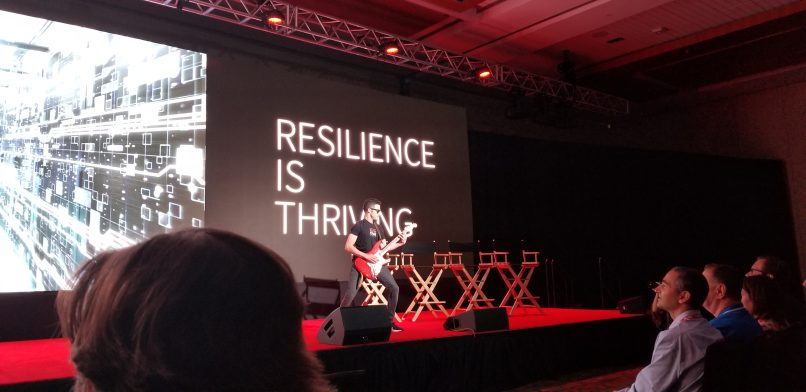 Go Broncos!
Go Broncos!
 Peyton wanted to take a picture with a vExpert so I said OK but no autographs:
Peyton wanted to take a picture with a vExpert so I said OK but no autographs:
 Rocking Broadway St. with the AT&T Eye of Suaron tower overshadowing:
Rocking Broadway St. with the AT&T Eye of Suaron tower overshadowing:
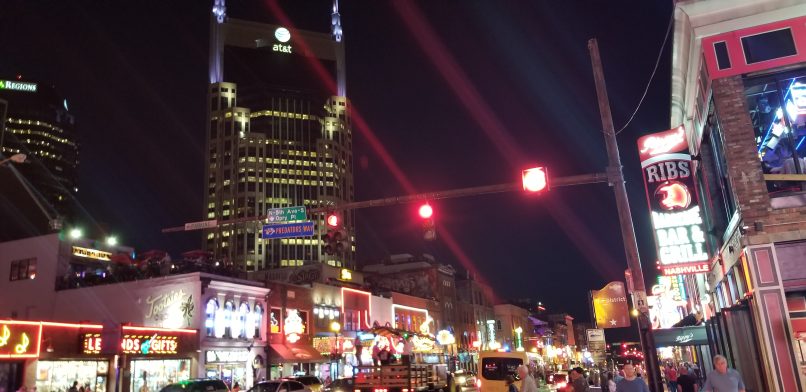 Another view of Broadway St. with Tootsies on the left:
Another view of Broadway St. with Tootsies on the left: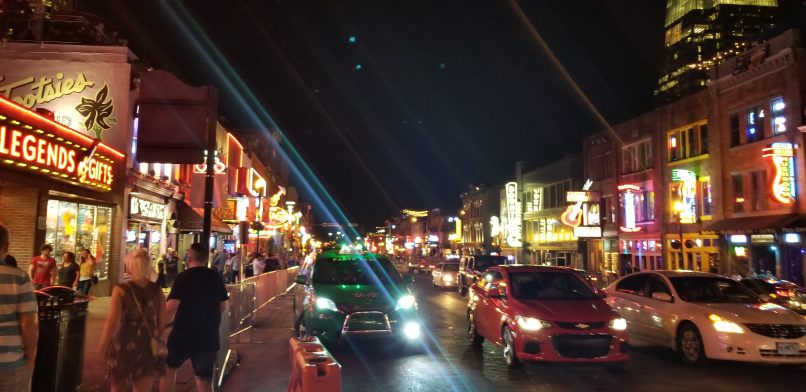 VMware’s Mike Adams stops by to reinforce the partnership with Zerto:
VMware’s Mike Adams stops by to reinforce the partnership with Zerto:
 Ziv and Rob closing the event:
Ziv and Rob closing the event:
